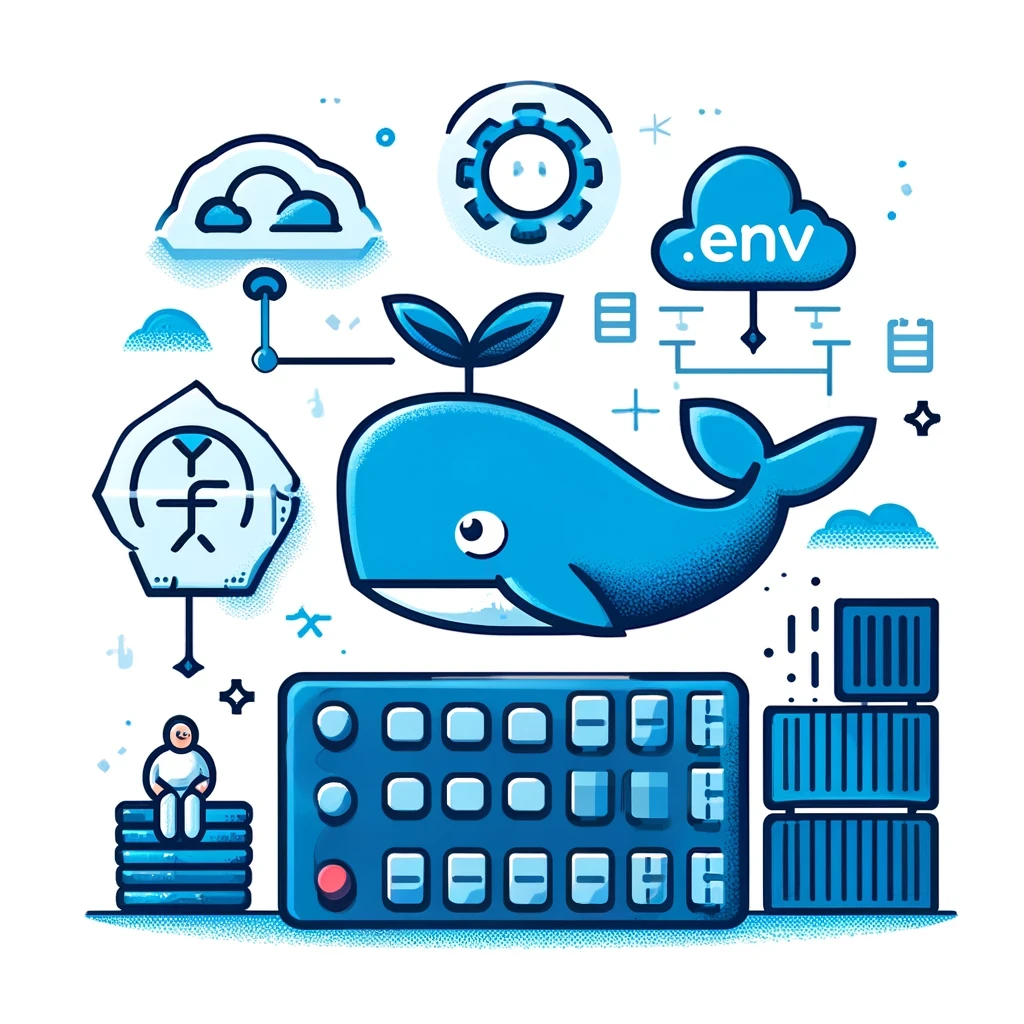Understanding the Docker .env file is crucial for managing environment configurations efficiently without hardcoding them into your Docker containers.
What is a Docker .env File?
A Docker .env file is a plaintext file where you can declare environment variables for Docker containers. This method helps keep sensitive data such as passwords or configuration details out of your container’s codebase, enhancing security and simplifying configuration management.
Why Use .env Files?
.env files are beneficial for several reasons:
- Security: Keeps sensitive information out of your Docker images.
- Reusability: Simplifies reusing the same configuration across multiple environments.
- Efficiency: Avoids the need to re-enter environment settings for each deployment, saving time and reducing errors.
Creating and Using .env Files
Here’s a step-by-step guide to creating and utilizing a .env file with Docker:
1. Creating a .env File
Navigate to your project directory and create a .env file:
cd path/to/your/project
touch .env
Add your environment variables in key-value pairs inside this file:
DB_HOST=localhost
DB_USER=user
DB_PASS=securepassword
2. Integrating .env File with Docker Compose
In your docker-compose.yml, reference these variables. Here’s how you can utilize these variables in the service configuration:
version: '3.8'
services:
db:
image: mysql:latest
environment:
MYSQL_ROOT_PASSWORD: ${DB_PASS}
MYSQL_DATABASE: ${DB_NAME}
MYSQL_USER: ${DB_USER}
3. Running Docker Compose
Deploy your containers with Docker Compose, and it will automatically use the variables defined in your .env file:
docker-compose up -d
Best Practices for Managing .env Files
- Security: Do not commit
.envfiles containing sensitive data to version control. Instead, use.env.examplewith placeholder values. - Isolation: Keep
.envfiles specific to their environments to avoid conflicts. - Accessibility: Ensure that
.envfiles are readable only by the necessary users and services.
Conclusion
.env files are a powerful tool for managing environment-specific configurations outside your application’s codebase. By leveraging these files, you can enhance the security and flexibility of your Docker deployments. Remember to manage these files carefully to keep your sensitive data protected.



